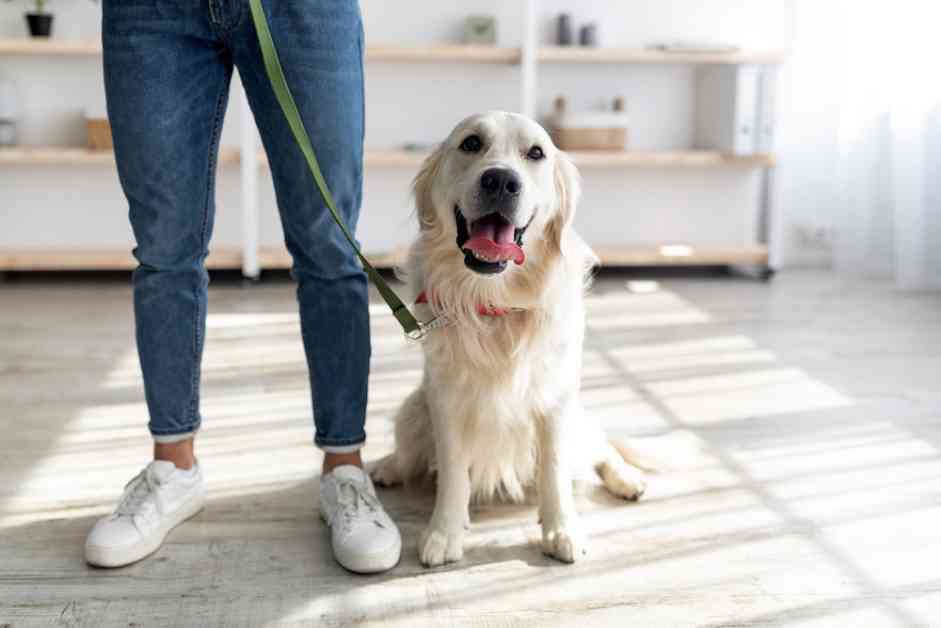House-Training Your Adult Dog: The Umbilical Cord Method
Are you facing the challenge of house-training an adult dog? Contrary to the saying, “You can’t teach old dogs new tricks,” it is indeed possible to train an adult dog with the right approach. One such effective method is the umbilical cord method. If you’re unfamiliar with this technique, worry not – we’ve got you covered with a comprehensive guide on using the umbilical cord method to house-train your adult canine companion.
Before diving into the specifics of this training method, let’s first ensure you have the necessary items at your disposal. Gather a leash (preferably 6 feet long), a collar, training treats, and odor-neutralizing cleaner for accidents. If you plan on crate training your dog, have a crate ready as well.
Establishing the Routine
The key to successful house training with the umbilical cord method lies in establishing a routine. Set fixed feeding times, regular walks, and consistent potty breaks for your furry friend. Creating a structured schedule helps your dog understand what’s expected of them and when.
Introducing your dog to a collar and leash is the next step. If your dog isn’t accustomed to wearing these accessories, start by gradually acclimating them to the collar. Offer positive reinforcement in the form of treats to make the experience pleasant for your pet. Once they are comfortable with the collar, introduce the leash.
The Umbilical Cord Method in Action
With your dog now comfortable wearing the collar and leash, it’s time to implement the umbilical cord method. Attach the leash to yourself, ensuring your dog is always within eyesight. This physical connection allows you to monitor your pet’s behavior closely and anticipate when they need to relieve themselves.
Throughout the day, watch for signs that your dog needs to go potty, such as circling, sniffing, or restlessness. When you observe these cues, promptly take your dog to the designated bathroom area. Reward them with praise and treats for successful potty breaks. Consistency and positive reinforcement are key to reinforcing good behavior and preventing accidents.
Remember to provide your dog with ample time outdoors during potty breaks. Some dogs may take longer to relieve themselves, so be patient and attentive. If they haven’t gone after spending time outside, keep a close eye on them when returning indoors. Anticipate their needs and act promptly to avoid accidents.
Additional Tips and Considerations
While following the umbilical cord method, consider using a crate or pee pads when you can’t be physically connected to your dog. Crating or confining them to a specific area can help prevent accidents in your absence. Ensure you have an odor-neutralizing cleaner on hand to address any accidents promptly.
During the training process, maintain a positive attitude and patience. House-training an adult dog with the umbilical cord method typically takes a couple of weeks, depending on the individual dog. Use this time to bond with your furry companion and reinforce positive behaviors. Remember, consistency, kindness, and understanding are key to successful house training.
In conclusion, house training an adult dog is achievable with the right approach and dedication. The umbilical cord method offers a structured and effective way to teach your dog proper potty habits. Embrace the training process as an opportunity to strengthen your bond with your pet and set them up for success in their new home. Stay patient, stay positive, and enjoy the journey of training your beloved canine companion.





















